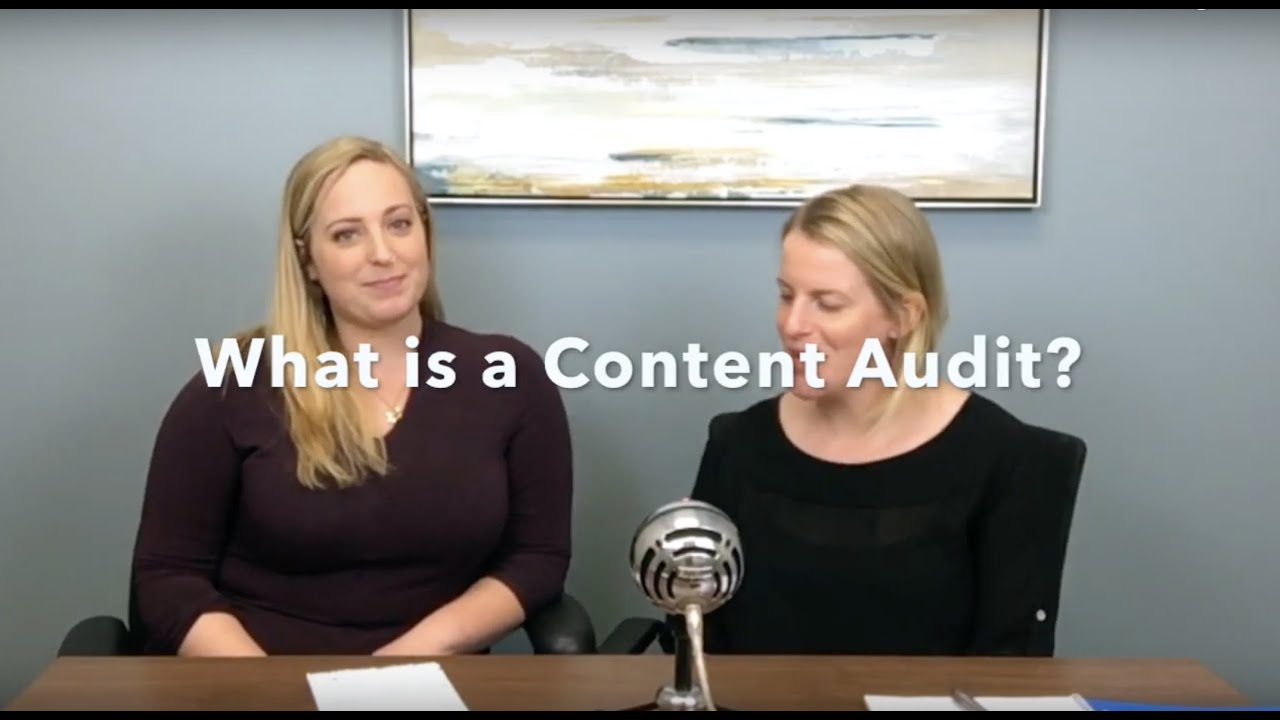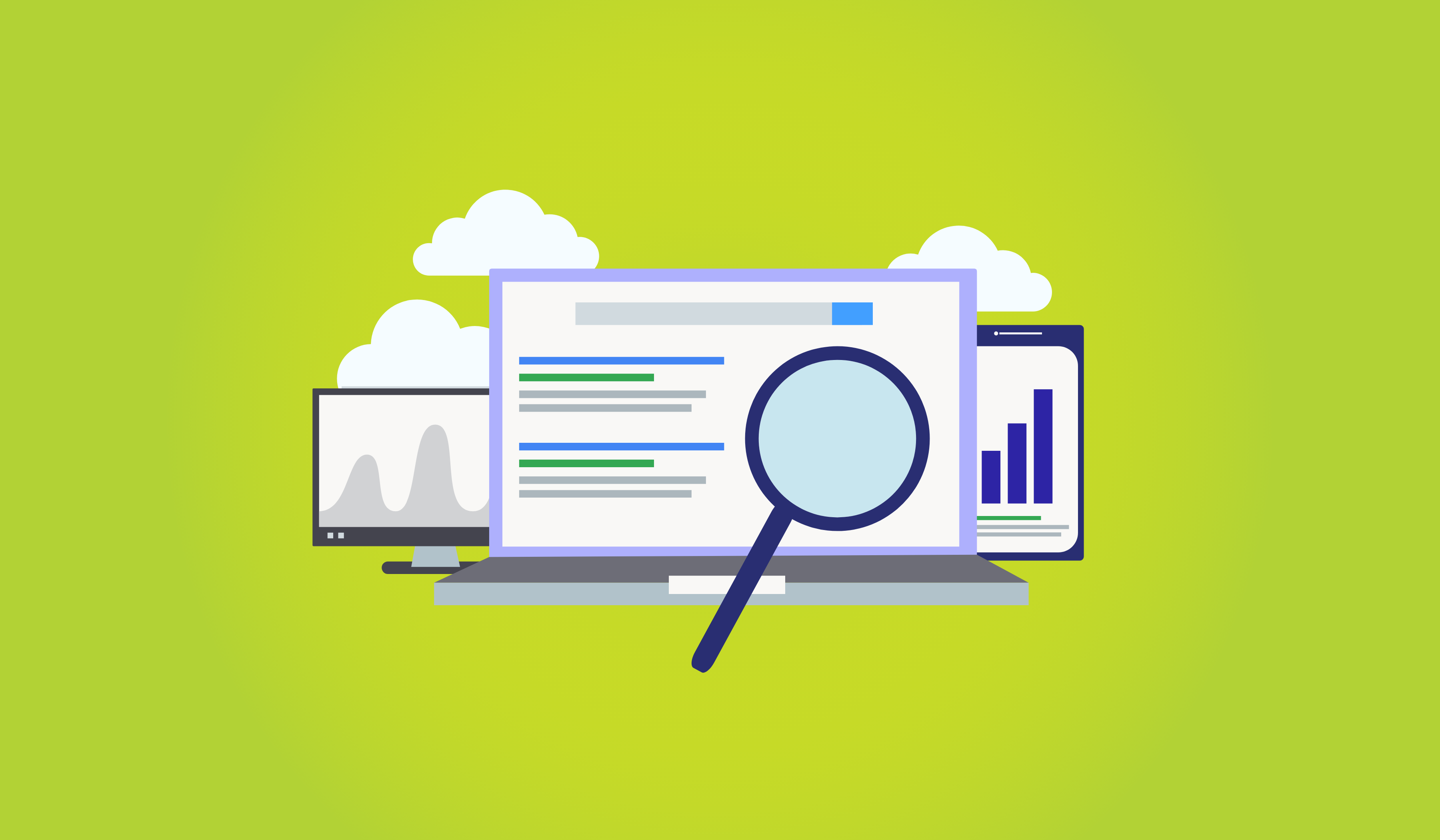Even the most seasoned online marketers and bloggers are likely to be shaken to their core by the prospect.
It is not uncommon for people to compare it to torture, and it is frequently the stuff of nightmares, who or what is this awful beast?
Thecontent audit.
A well-done contentaudit is done once a year can tell you a lot about your website's blog and content marketingstrategy, despite its reputation for being boring.
Too often, we post something and then never look at it again.
Years later, it's old, stale, and no longer important at all.
As a good rule of thumb, we should check back on our content every so often to make sure it's still as fresh and beautiful as the day it was released.
What Is Content Audit?

What is a Content Audit?
A content audit is a process of going through all the content on your site in a planned way.
This process lets you check how well your optimization efforts are helping you meet your businessgoals.
If you do it right, you'll be able to find any holes in your content and fix your process to better serve the people you want to reach.
This will help you improve your content and digital strategy so that your organization can give people what they need in a more effective and efficient way.
Goals Of Content Audit
Having a content audit done on your website can help your traffic and make the reading experience better for your readers.
First, content audits help you keep track of the parts of your website that aren't properly optimized for search enginerank.
As part of your current strategy, you might add meta descriptionsto your blog posts.
If that wasn't always the case, a content audit can help you find which posts need to be changed.
Content audits can also help you find new SEOpossibilities for your website.
For example, did you know that adding keywords to the headings on your site tells search engines more about what your page is about?
If search engines know as much as they can about your website's content, they'll be able to point browsers to your pages more accurately.
When you run an audit, you can change the content on your website to make it easier for people to understand.
For instance, you might not know that the links on one of your product pages are broken, but a content audit will remind you to fix them.
Content Audit Benefits
Your content audit should help you update your content, raise the rank of your web pages, and make your website easy to use and free of mistakes.
In addition, content audits:
- Give you data-driven information about how well your content is doing, so you can make decisions based on facts instead of just guesses.
- Find places where numbers are lower than you'd like so you can update or repurpose the content.
- Find the best pieces of content that you can use in your marketing materials.
- Learn more about your audience and what they like and don't like.
- When you know what you're selling, it's easier to keep your content up to date.
Set aside enough time to finish your website content audit if you want it to be useful.
But you don't have to go through it alone. If you don't know where to start, there are plenty of templates that can help you.
Why Does My Website Need A Content Audit?
You should set aside some time to do a content audit so you can find the gaps and start making better content.
Why should you check the content?
A content audit can help your website do better in a number of ways.
- It gives a full list of all the content that has already been made, including what could be used in other campaigns in the future.
- It looks at how well content has done in the past or is doing right now so you can see what works and what doesn't.
- It gives you a big picture of your content flow by showing you who is making content when it's posted, and more.
- It gives you a plan for making a content strategyin the future.
Still not sure whether or not your website needs a content audit?
Here are some signs it might be time:
- If your website has been online for a while.
- If there's content there that you can't remember or aren't actively using, delete it.
- If your team is making content without a clear plan or direction.
- If you don't know what to make or post next, here are some ideas.
- If your content is starting to feel dry and lifeless, and you don't feel inspired to make more to help your brand's marketing strategy, you may want to rethink what you're doing.
How To Conduct A Content Audit?

How To Conduct A Content Audit
Think About What You Want
First, you should think about what you want to do.
When you know what your goals are, it will be easier to decide how togroup your audit later.
In the end, a content audit helps you find content that your audience will find interesting.
It can also give you information about SEOand conversion rates.
One goal might be to figure out which of your pages need to be made SEO-friendly.
You could also think about finding the most interesting and successful content on your website and putting it on your homepage or in an email newsletter.
If you know what your company's goals are, your content audit will help you keep track of your finances and improve your strategy.
When this is done, it's time to get your content together.
Gather Your Content
Most audits are for product descriptions, blog posts, multimedia content, and publications.
Decide this, and then get together all of the content you've been putting off.
To do this, write down the URLs of the web pages you want to check.
You can do this by hand and put the results in a spreadsheet if you have a small website.
A sitemap is a file that lists everything on your website and can be made online for free.
Categorize Your Content
When you get your audit, put it in the right column on the spreadsheet.
Some online tools help you organize the information, but you can also do it on your own.
The categories will help you stay organized so you can make sure your content audit meets your needs.
Some of the categories you can use are the type of content, the author(s), the date of publication, and the format of the content.
Think of ways that different pieces of content can be put into useful groups.
For example, if you are auditing blog posts, the date of publication or update, the author, the type of content, and metadata are all important pieces of information to pull (Such as the title and description).
Metrics are another important category. Some online tools will include them in the audit, but you can also use Google Analyticsto get data.
Metrics can give you more information that you can use in your analysis.
At this point, your spreadsheet should have URLs, categories, metadata (if it has it), and metric data for your content.
Analyze Your Data
Now is the time to take a close look at your data.
This step will give you a good idea of how your content is doing.
Here are some things to keep in mind as you look at your data:
- Home run content— Content that has performed extremely well.
- Outdated content— If you have old content, can it be updated or reworked to maintain optimization?
- Content that's underperforming— Which pieces of content aren't getting the numbers you want?
- Content that's missing— What is your audience interested in that you haven't covered?
Set up the spreadsheet based on the results of this analysis.
One way to do this is to give each thing you're looking at a different color and highlight the rows with those colors.
This will help you see which category is which and which ones make up the most of your content library as a whole.
Create Action Items
In this step, you will finish your audit and clean it up.
Based on the analysis, you now know what to focus on and can go from there.
Think about the posts you want to get rid of, change, rewrite, or rearrange.
To keep track of these things to do, add one more column to the spreadsheet.
This column should be near the top so you can keep an eye on it.
This column will tell you what to do about a certain URL.
For example, are you going to keep that blog post, update it, delete it, or rewrite it?
If you want to put things in order of importance or make a schedule for this audit, now would be a good time to do so.
Some companies use full-fledged content calendars, but others don't need them.
Think about your goals and which tasks make the most sense to do first to make a priority schedule that fits best with your content audit.
Optional: Choose A Content Audit Tool
You don't have to use a content auditing tool, but doing so can help you with your process.
The most important benefit of using a content audit tool is that it saves you a lot of time because it works quickly.
Instead of collecting URLs by hand, the tool can automatically pull together the content you're looking for and show you metrics.
What Is The Main Purpose Of A Content Audit?
When you're done with your content audit, you should have a lot of information about how well your content matches the buyer's journey and how it's affecting the growth of your business.
Then, you'll be able to use this information to shape your marketing plangoing forward.
You should look at three main kinds of insights:
- How well does your content match what your clients want? Does your content show a clear path for the buyer from the first contact to the sale, or are there gaps that need to be filled?
- How well does your content get the right people to notice it? Brands sometimes find that they have a lot of traffic and even a lot of people who read their content, but their conversion rates are low. This can happen if, for example, the brand's content is valuable but isn't aimed at the right customers. Instead, it attracts interested readers who aren't likely to buy.
- Does the title make you want to read more? Even if your content is great, you still need to be able to hook people and make them want to read until the end. Content that starts with an interesting sentence or two will do much better.
People Also Ask
What Does A Content Audit Do?
A content audit is a process of making a list of all the content on a website and analyzing it, including how well it works.
By looking at their strengths, weaknesses, and opportunities, online businesses that publish content and have an ongoing content marketing strategy can get the most out of it.
Why Content Audit Is Important?
Content audits are a very important part of any content strategy.
They can help you evaluate your content marketing plans, organize the content you already have, and get clear on what you want to do with new content.
Which Tool Is The Best For Doing A Content Audit?
Google Analytics is one of the most popular tools for checking the content of a website, and for a good reason.
It gives a lot of statistics that can be used to learn more about how visitors act.
You can use Google Analytics to find out which of your posts get more visitors and which pages have the highest "bounce rate."
Conclusion
At first glance, a content audit may seem like a lot to do.
That shouldn't stop you.
A content audit is a useful tool that can help website owners learn more about the content on their site and how to improve it to meet the needs of modern customers.
If a brand wants to move forward with its content development strategy, it should use an audit like this to figure out where it should go next.
One of the best things you can do to improve your content marketing plan is to do a content audit.
When you see everything as a whole, you can use all that information better.
Also, a full content audit will give you the information (and that spreadsheet) you need to improve your content in the future.
You'll be able to quickly go in, make changes, compare statistics, and see what's working.
You might even decide to keep your spreadsheets up-to-date all the time.
